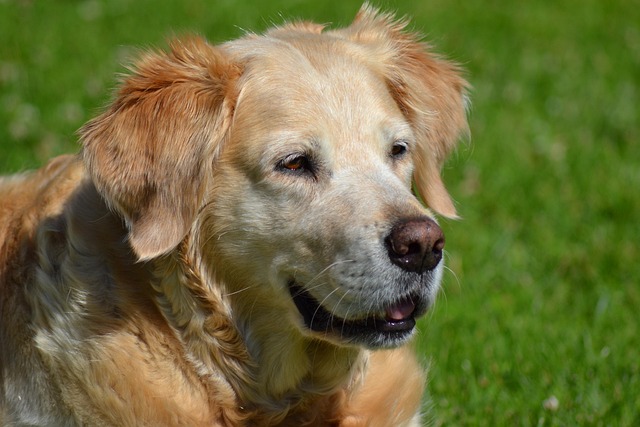
When should I worry about my dog's eyes
That worried feeling when your pup squints in the bright afternoon sun during your neighborhood walk or has a bit of goop in the corner after a nap – is it normal, or time to panic?
Does brushing a dog help with dandruff? If you’re a new dog parent in the US, you’ve probably stared at the white flakes on your couch, then at your pup’s brush, wondering if a little extra grooming could make a difference. Dandruff—those dry, flaky bits of skin—can make your dog itchy and your home look like it’s snowing, but the good news is, brushing can help. Let’s break down why, how, and what else matters.
Dandruff happens when dead skin cells build up faster than they fall off, often because the skin is dry or lacks natural oils. A dog’s skin produces oils to stay moisturized, but if those oils get trapped under matted fur or aren’t spread evenly, dry patches form, and flakes follow. Brushing works like a gentle exfoliator: it lifts away loose dead skin, untangles fur to let oils flow, and massages the skin to stimulate more natural oil production. Think of it like brushing your own hair—it distributes scalp oils, keeping strands shiny instead of dry. Veterinarians often recommend regular brushing as a first step for mild dandruff, and my neighbor’s German Shepherd, Max, is proof: after switching to a weekly brushing routine, his winter dandruff practically vanished.
So, how to do it right? Start with the right brush. For short-haired dogs, a soft bristle brush works—think of it like a face cloth, gentle but effective. Long-haired pups need a slicker brush to untangle mats (which trap flakes) without pulling. My sister’s Shih Tzu, Lulu, hated brushing until they tried a rubber curry brush—it massages her skin, and she now leans into it like a massage.
Brush 2-3 times a week (more in dry months like winter). Go slow, following the direction of their fur, and focus on areas with more flakes—usually the back, tail base, or behind the ears. If you hit a mat, hold the skin taut with one hand and brush gently to avoid tugging (Lulu yelps if you rush, so patience is key). After brushing, wipe them down with a damp cloth to pick up any leftover flakes—this keeps your floors cleaner, too.
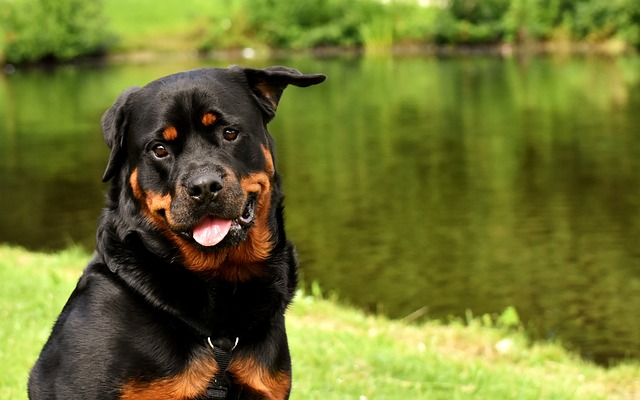
Pair brushing with a moisturizing diet (add a teaspoon of fish oil to their food) for extra help, but let brushing be the star. Max’s vet said the combo of brushing and omega-3s turned his “flaky coat” into a “shiny one” in a month.
Now, let’s tie this to real-world responsibilities. Even with a dandruff-free pup, keep their rabies vaccine current—every US state requires it, and cities like Chicago fine owners who skip this. While brushing, don’t forget the basics: carry poop bags on walks (fines in Miami hit $200 for leaving messes) and keep tags updated.
Culturally, use brushing as bonding time, not a chore. If your dog squirms, pause and offer a treat—positive reinforcement teaches them it’s a good thing. Never scold them for pulling away; that makes them fear the brush, which defeats the purpose. Lulu now wags her tail when she sees her brush, thanks to a tiny cookie after each session.
Living in an apartment? Brush over a towel to catch flakes—no one wants white specks on shared carpets. Stick to quiet times (not 7 a.m.) to avoid disturbing neighbors with brush clatter. When walking, use a post-brush treat as a reward for “heel”—a calm pup who associates grooming with good things makes community strolls nicer for everyone.
Brushing won’t fix severe dandruff (that needs a vet’s eye), but for mild cases, it’s a simple, effective tool. With the right brush and a little patience, you’ll both enjoy fewer flakes and more snuggles.

That worried feeling when your pup squints in the bright afternoon sun during your neighborhood walk or has a bit of goop in the corner after a nap – is it normal, or time to panic?
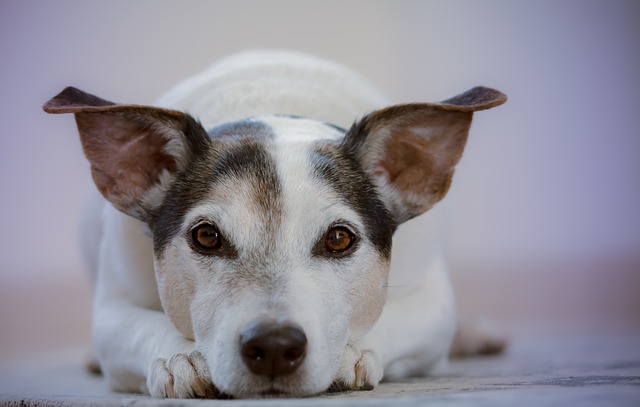
Waking up to the sound of your dog retching is enough to make any new pet parent panic.You rush over to find a small puddle on the living room rug,and suddenly you're hit with that urgent question:should you hold back their food to let their tummy settle?
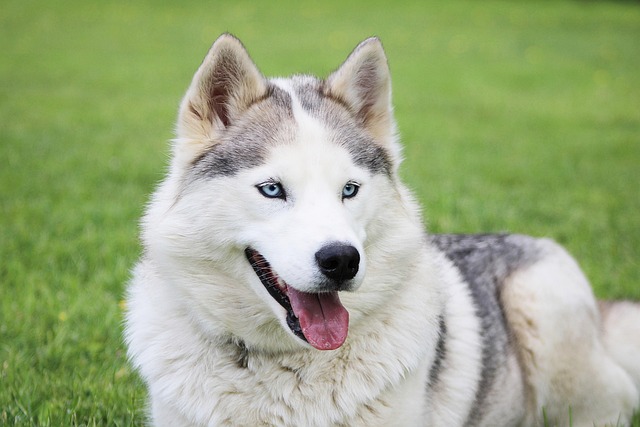
Husky puppies are little bundles of energy with a metabolism that burns through calories like a sled racing across snow. Their bodies need specific nutrients to support that nonstop activity, growing muscles, and thick double coats.
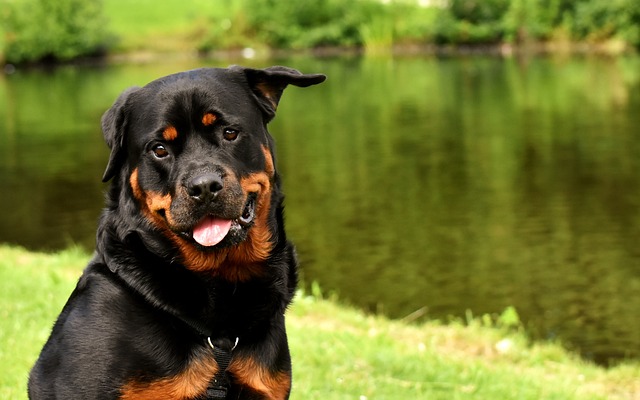
Does brushing a dog help with dandruff? If you’re a new dog parent in the US, you’ve probably stared at the white flakes on your couch, then at your pup’s brush
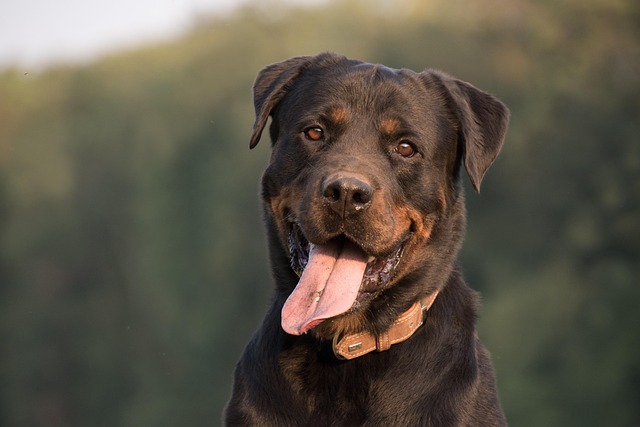
How to tell if a dog has dandruff or mites? If you’re a new dog parent in the US, you’ve likely leaned in to brush your pup and noticed small white flakes in their fur
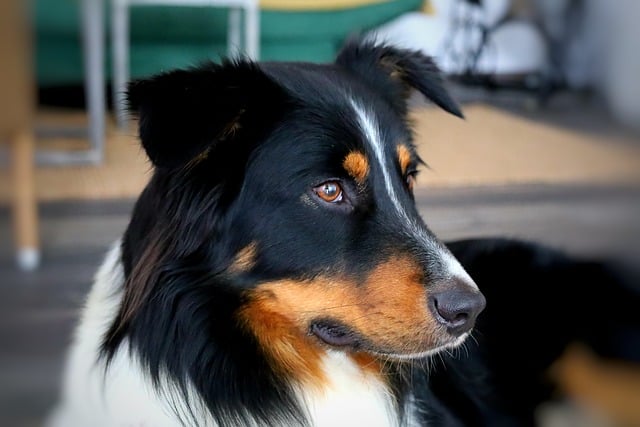
What food causes dandruff in dogs? If you’re a new dog parent in the US, you’ve probably brushed your pup and noticed a snowfall of white flakes